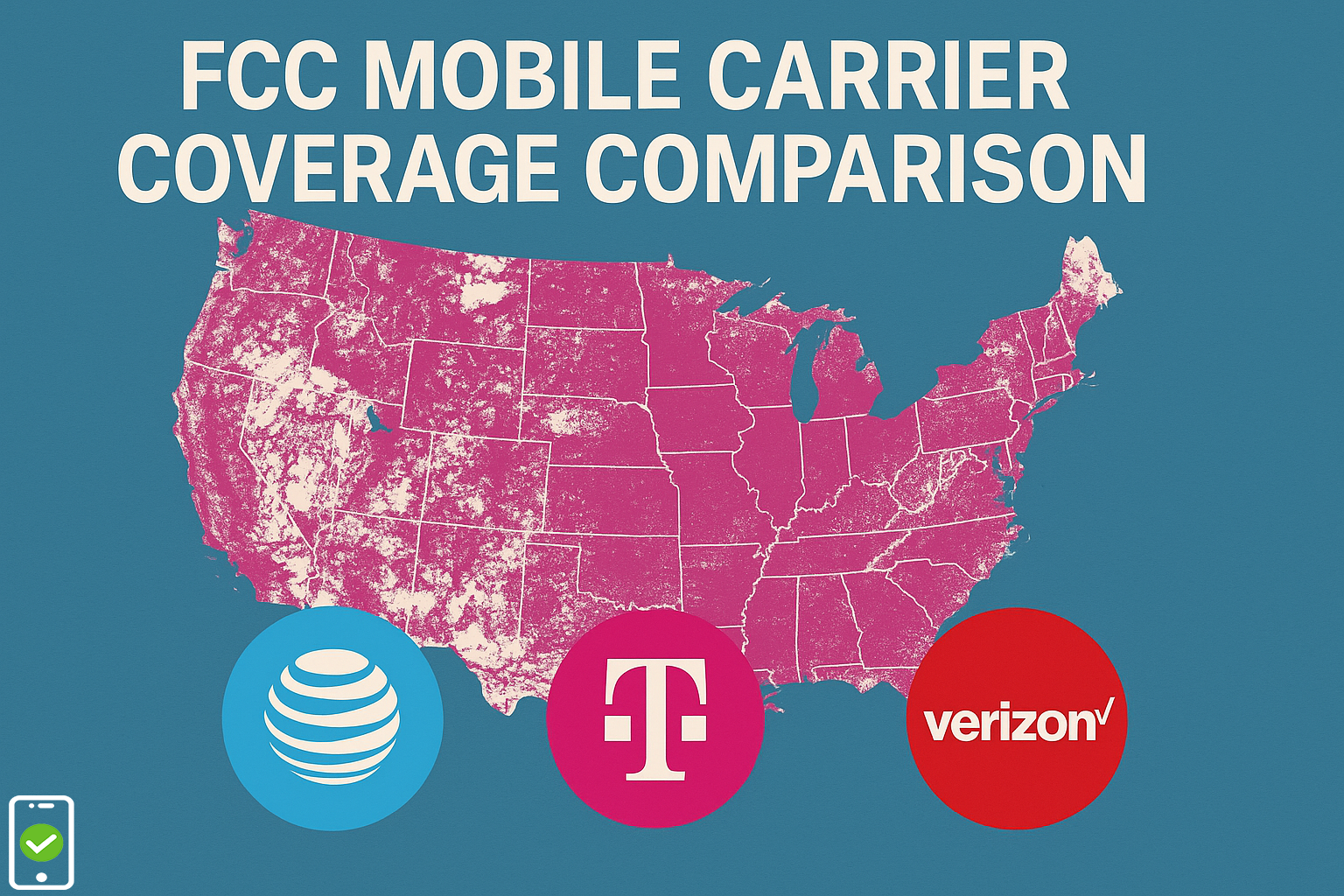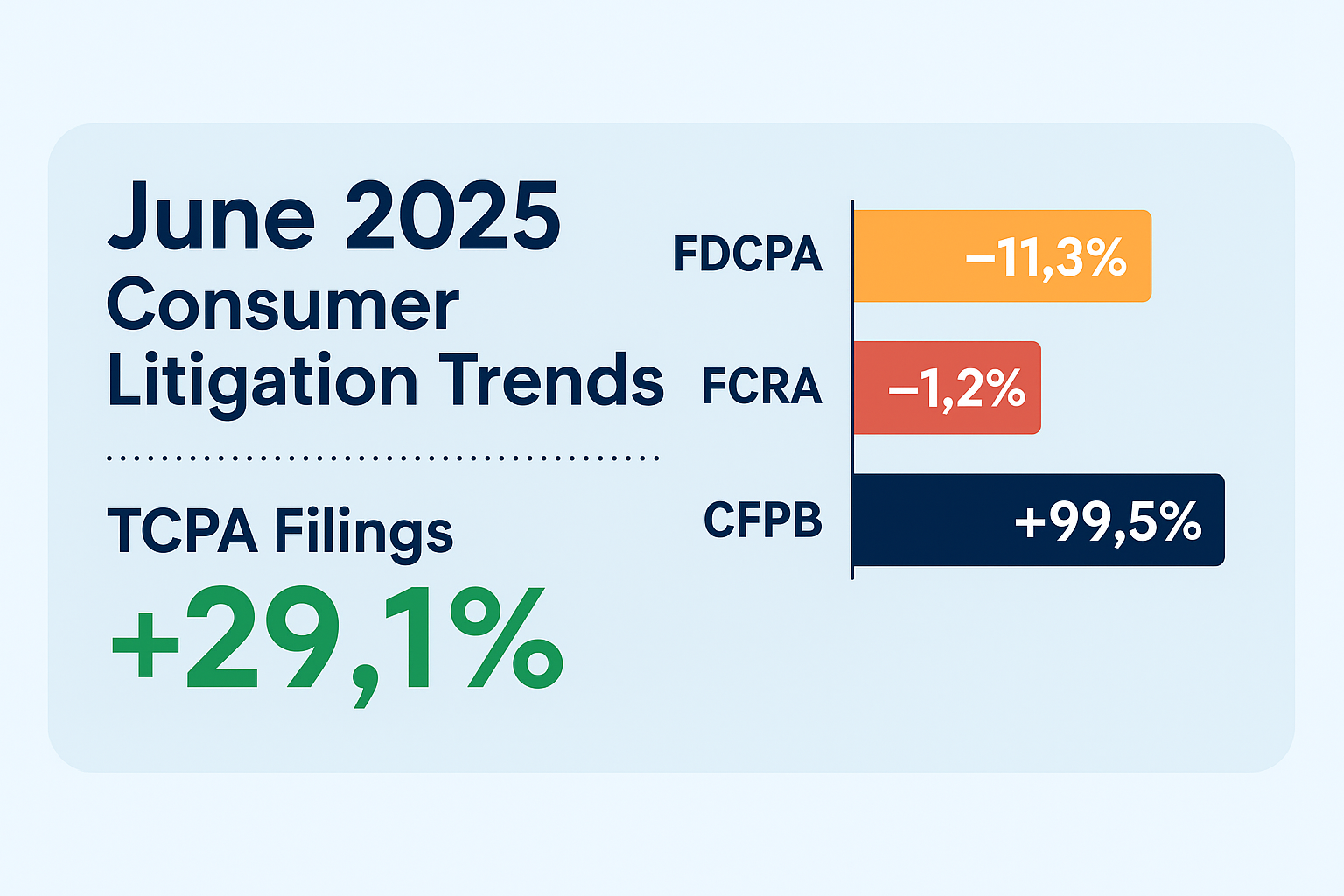Editor’s Note: This blog post is derived from a recent webinar by Troutman Amin, who continue to impress with their commitment to keeping the public informed on key regulatory changes, especially around the FCC and more specifically TCPA rules and regulations. And no, this isn’t a paid plug—we’re just genuine fans of their work and extremely grateful for all the valuable insights they provide to the public for free. They’ve become an invaluable resource for businesses looking to stay compliant and ahead of the curve (including us and our customers).
Recently, they hosted a webinar covering the new latest and greatest FCC changes that are going live in January of 2025 – all its implications. We’ve linked that webinar here, and seriously, you should watch it.
The content you’re about to read is our take on the key points from that webinar, and we want to give credit where credit is due, to Troutman Amin for their ongoing educational efforts. Their generosity in sharing such crucial information makes them an essential resource for anyone looking to stay informed.
Having access to real-time, informed people who live and breathe these regulations is priceless. If you don’t want to find out the hard way (like I have), you’ll understand why this kind of insight is so valuable.
So, here’s our post, where we’ve distilled the key points from the 60+ minute webinar into something you can quickly digest (and force your marketing, sales, and compliance teams to watch a la Clockwork Orange). But seriously, don’t skip the webinar—it’s absolutely worth your time! – Derek Oberholtzer
The new FCC Reputation Rule is poised to make significant changes in how businesses handle customer communications, particularly in the way companies manage consent and opt-out requests across multiple channels. With this rule, organizations that rely on outbound communications need to reassess and enhance their compliance frameworks to align with evolving regulations. This blog will cover the key areas businesses must focus on – THAT EVERYONE IS NOT ALREADY FREAKED OUT ABOUT – 1:1 CONSENT REQUIREMENTS AND HOW TO DEAL (AN ENTIRELY DIFFERENT SET OF POSTS) – and provide actionable next steps for building a robust strategy to comply with these new requirements.
Key Changes in the FCC TCPA Rules That We are NOT Talking About Enough
The new FCC regulation (coming fast in January 2025) brings a series of revisions, primarily focused on how companies manage opt-in and customer communications across multiple channels. The rule is comprehensive, covering everything from TCPA compliance to the intricacies of confirmation text messages. It’s a shift that will require businesses to be more proactive and intentional in their outreach strategies, particularly when it comes to managing consumer consent and revocation.
Here are the five key areas that will have the most impact on businesses:
- TCPA Revocation Rules and Implications
- Addressing Consumer Intent
- Managing Outreach and Cross-Channel Challenges
- Enterprise-Wide Communication Channel Management
- Crafting Clear and Compliant Confirmation Messages
Each of these areas carries its own set of challenges that businesses need to be aware of to avoid non-compliance, fines, and potential damage to their reputation.
1. TCPA Revocation Rules and Implications
One of the biggest changes under the new FCC rule is the handling of revocation of consent. Under the Telephone Consumer Protection Act (TCPA), businesses are now required to process revocation requests within 10 days. What makes this even more complex is that a revocation in one channel now applies to all forms of communication.
This means if a customer opts out of receiving marketing calls, the company must also stop sending texts, emails, or any other form of communication that falls under the TCPA’s purview. Companies that have relied on separate opt-out mechanisms for different channels will need to reevaluate and unify their approach to ensure that revocation is applied across all platforms in real time.
Key steps for managing TCPA revocation rules:
- Centralize consent management: Use a unified system to track and manage consent, ensuring that any revocation applies across all communication channels.
- Automate the opt-out process: Streamline the process to meet the 10-day processing requirement, ensuring compliance without manual delays.
- Revise customer communication preferences: Inform consumers that a single opt-out will revoke all channels, and be transparent about how their preferences will be managed.
2. Addressing Consumer Intent and Free-Form Responses
Another critical challenge posed by the new FCC rule is understanding and interpreting consumer intent. In many cases, consumers reply to marketing messages with free-form responses that aren’t always clear-cut. A response of “stop,” for instance, is a straightforward revocation, but many consumers respond in ways that are more ambiguous, making it difficult for companies to determine whether they’re opting out of communications or expressing dissatisfaction.
The new rule places an additional burden on companies to parse these signals accurately. Misinterpreting these messages can result in continued communication that violates TCPA guidelines, leading to fines and reputational harm.
To tackle this challenge, businesses need to:
- Implement natural language processing (NLP) tools: Automate the interpretation of free-form responses to ensure that any opt-out intent is captured correctly and applied across channels.
- Develop escalation protocols: Create systems that flag ambiguous responses for manual review to ensure no opt-out requests are missed or mishandled.
- Provide clear opt-out mechanisms: Make it easier for consumers to explicitly revoke consent by offering a simple, one-step opt-out process in every communication.
3. Managing Outreach and Cross-Channel Challenges
One of the most significant shifts businesses will face is ensuring that revocation applies across all communication channels. Many companies operate across a range of channels—SMS, email, phone calls, direct mail, and even web chat. Each channel often has its own system and method for managing consent, which can lead to disjointed processes that increase the risk of non-compliance.
The new FCC rule eliminates this channel separation. A revocation in one channel must now propagate to all others, meaning businesses will need to rethink how they handle multi-channel communications to ensure compliance.
Steps to manage outreach and cross-channel compliance:
- Consolidate customer data: Ensure that all customer communications, regardless of channel, are linked to a single, unified database that tracks consent and opt-out requests.
- Train employees across departments: Everyone in your organization who manages customer communications must be up-to-date on the new rules and understand how revocation applies across all channels.
- Review and revise outbound strategies: Take stock of all the communication channels you use and ensure that your opt-out and compliance processes are fully integrated.
4. Enterprise-Wide Communication Channel Management
For large enterprises, managing multiple communication functions spread across departments can be incredibly challenging. Sales, marketing, customer service, and other teams often use different systems and platforms to communicate with customers, creating silos that complicate compliance. Without a centralized strategy, businesses may struggle to enforce a unified opt-out policy across all functions, increasing the risk of sending unauthorized messages.
The new FCC rule makes it clear that enterprises need a more centralized approach to communication management.
Key steps to centralize communication management:
- Audit all communication methods: Conduct a thorough audit to identify every communication channel and system used across your enterprise. This should include telephony, email, SMS, web chat, and any other methods of outreach.
- Create a master opt-out list: Build a centralized database or platform that tracks all opt-out requests, ensuring that revocation is applied across every channel and department.
- Appoint a compliance leader: Designate a compliance manager or team responsible for overseeing enterprise-wide communication policies and ensuring that all channels are following the same rules.
5. Crafting Clear and Compliant Confirmation Messages
One of the more nuanced aspects of the new rule is the requirement to send a confirmation message after a consumer revokes consent. This message must be factual and non-persuasive, meaning it cannot contain language that could be interpreted as an attempt to get the consumer to opt back in. The challenge for businesses is crafting these messages in a way that is compliant while also clear enough for consumers to understand.
The confirmation message serves two purposes: It lets the consumer know their request has been processed, and it provides a final communication that should not encourage them to reconsider their opt-out decision.
To create compliant confirmation messages:
- Avoid marketing language: The confirmation message should be entirely neutral, containing no hints of persuasion or promotional language.
- Be transparent: Clearly state what the consumer is opting out of and confirm that their request has been processed in accordance with the FCC’s rules.
- Test different variations: Run multiple iterations of your confirmation message through legal and compliance teams to ensure they meet the new guidelines without ambiguity.
Next Steps: Building a Compliance Plan
To successfully navigate the new FCC Reputation Rule, businesses need to start building a compliance plan that addresses each of the key areas discussed above. This is not a set-it-and-forget-it exercise; it will require continuous monitoring, training, and refinement to ensure full compliance as the rule goes into effect.
Here’s how to get started:
- Conduct a Comprehensive Audit: Begin by auditing your current communication channels and consent management systems. Identify gaps where revocation requests may not be applied consistently across all platforms.
- Develop a Centralized Consent Management System: Invest in technology that allows for real-time tracking and updating of customer consent across all channels. This system should be capable of handling multiple opt-out requests from a single customer and applying those preferences across your entire communications network.
- Train Your Team: Make sure all employees, from marketing to customer service, are trained on the new FCC rules and understand how to process revocation requests correctly.
- Refine Your Messaging: Work with your legal and compliance teams to review all confirmation messages and ensure they meet the FCC’s new standards. This will help avoid any unintentional violations that could result from poorly worded messages.
- Implement Continuous Monitoring and Review: Set up a process for regularly reviewing your communication practices to ensure ongoing compliance. This should include periodic audits, updates to your consent management systems, and training refreshers for your team.
By taking a proactive approach and investing in the right tools, processes, and training, your business can remain compliant while maintaining strong customer relationships. Have questions? Reach out.


